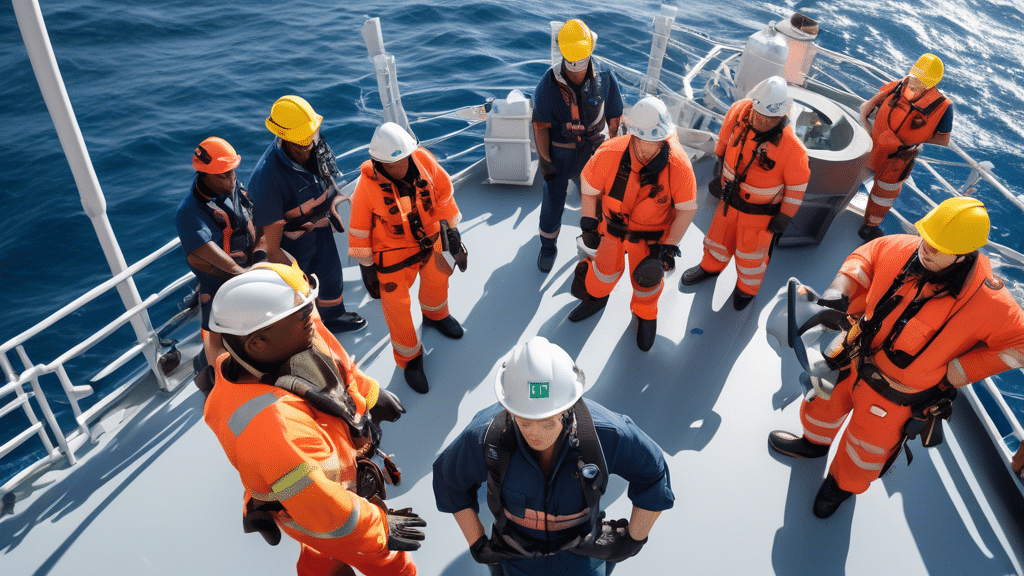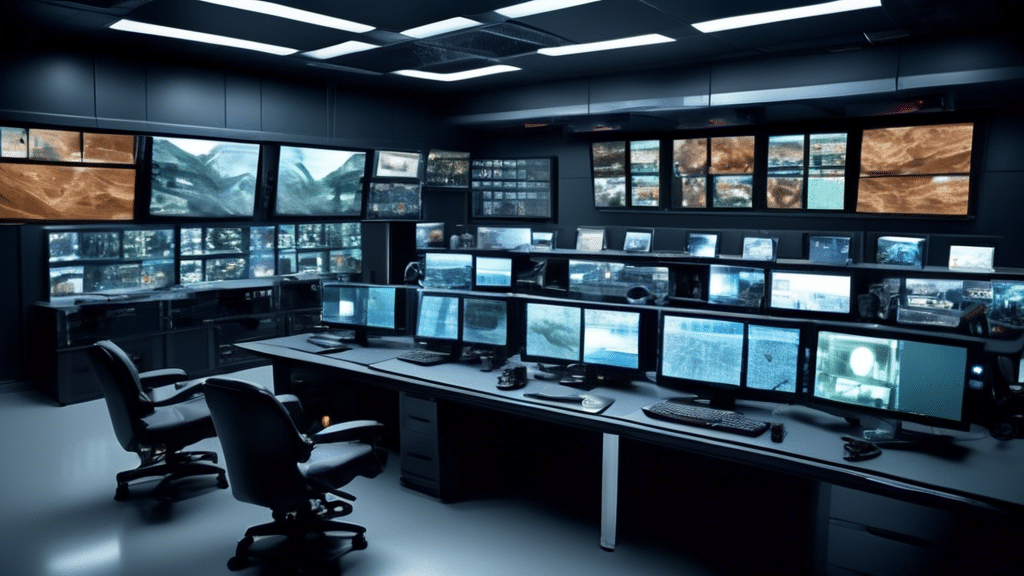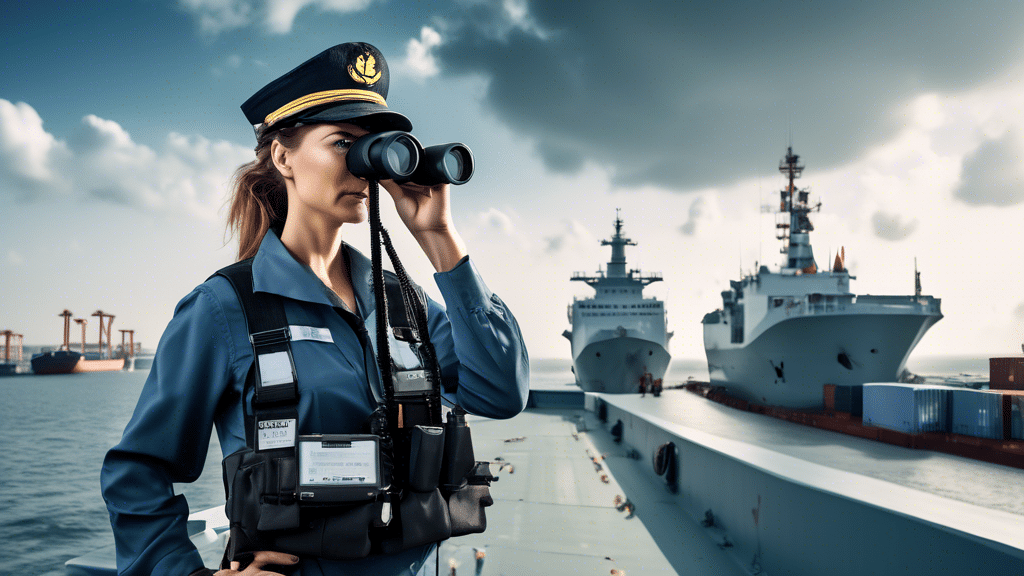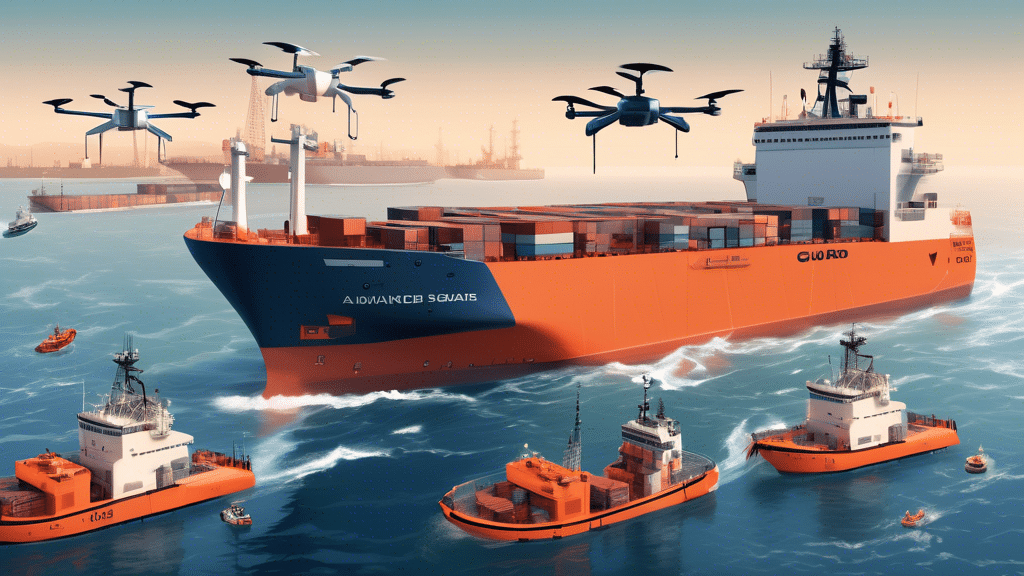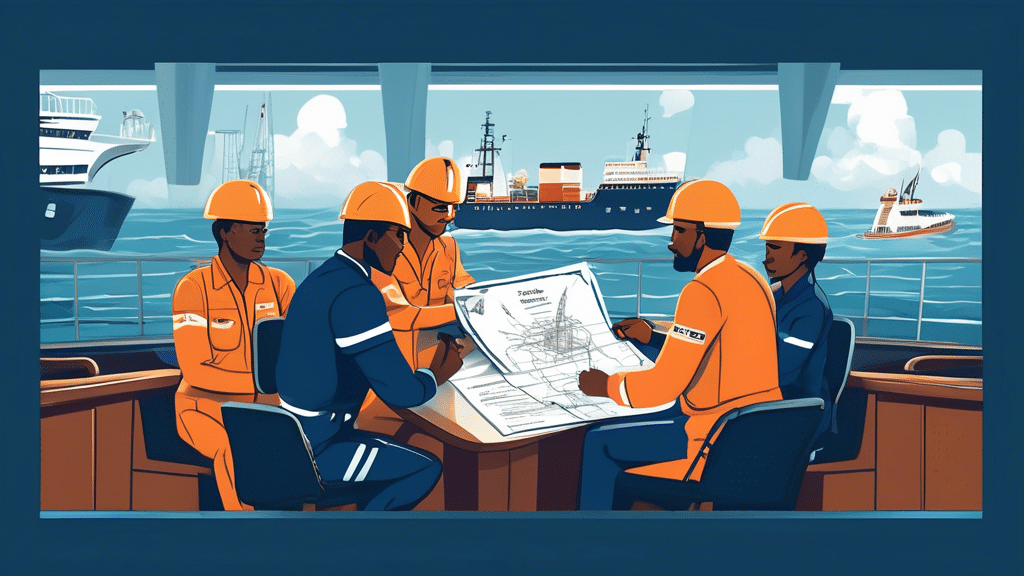The maritime industry, a cornerstone of global trade and commerce, demands a workforce that is not only highly skilled but also continually evolving. Continuous learning has emerged as a critical element for professionals in maritime careers, given the sector’s dynamic nature and the rapid advancement of technology. This article will delve into why continuous learning is essential and how it benefits maritime professionals and the industry as a whole.
Adapting to Technological Advancements
The maritime industry, like many others, has seen significant technological advancements over the past few decades. Modern ships are equipped with advanced navigation systems, automation, and sophisticated communication tools. Professionals who stay abreast of these technological changes can effectively operate and maintain these systems, enhancing their value to employers and ensuring their competitiveness in the job market.
Continuous learning through specialized courses, certifications, and hands-on training allows maritime workers to familiarize themselves with the latest technology. This ongoing education helps in maintaining operational efficiency and safety standards, which are paramount in the maritime field.
Enhancing Safety and Compliance
Regulatory frameworks governing the maritime industry are constantly evolving to ensure the safety of maritime operations and the protection of the marine environment. International conventions such as the International Maritime Organization’s (IMO) regulations, or the Safety of Life at Sea (SOLAS) Convention, set rigorous standards that maritime professionals must adhere to.
Regular training and updates on these regulations are essential for compliance. Continuous learning programs help maritime professionals stay informed about these changes, ensuring that they can implement the latest safety protocols and best practices. This not only safeguards their well-being but also minimizes the risk of accidents and incidents that could have catastrophic consequences.
Boosting Career Development and Opportunities
Continuous learning plays a significant role in career development within the maritime industry. As professionals gain new skills and knowledge, they become more versatile and capable of taking on advanced roles and responsibilities. Certifications in specific areas, such as advanced navigation, maritime law, or environmental management, can open doors to higher positions and specialized career paths.
Moreover, a commitment to ongoing education demonstrates a proactive attitude and dedication to professional growth, traits highly valued by employers. This can lead to increased job security, higher salaries, and more opportunities for advancement.
Fostering Innovation and Competitiveness
Innovation is the lifeblood of any industry, and the maritime sector is no exception. Continuous learning encourages professionals to think critically and creatively, driving innovation in ship design, propulsion systems, logistics, and sustainability practices.
By staying informed about the latest industry trends and technological advancements, maritime professionals can contribute to the development of innovative solutions that enhance operational efficiency and environmental sustainability. This not only benefits individual companies but also helps the industry remain competitive on a global scale.
Addressing Skills Gaps and Workforce Development
The maritime industry, like many others, faces challenges related to skills gaps and workforce development. As experienced professionals retire, there is a growing need to train and prepare the next generation of maritime workers. Continuous learning helps address these gaps by providing structured training pathways that equip new entrants with the skills and knowledge required to succeed.
Additionally, it ensures that existing workers can upskill and reskill as needed, enabling them to transition into new roles and take on emerging challenges within the industry.
In an industry as dynamic and complex as maritime, the importance of continuous learning cannot be overstated. Whether it’s adapting to technological advancements, ensuring safety and compliance, boosting career prospects, fostering innovation, or addressing skills gaps, ongoing education is key to the sustained success and growth of maritime professionals and the industry at large. Embracing a culture of continuous learning ensures that maritime workers remain agile, competent, and ready to navigate the ever-changing waters of their careers.




